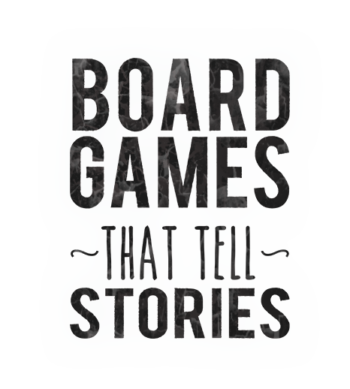Gentelman agreement

Peter in the Board Game Wargames group writes about the game „The King in the North” and explains that it draws inspiration from the game systems of „Granada” and „Sekigahara,” but it has been adapted to the realities of the Carlist Wars conflict. You probably don’t understand much of this, so let me add some more doubts – it’s worth knowing that „Granada,” in turn, uses the game rules of „Sekigahara,” but modifies them to fit the wars on the Iberian Peninsula in the 15th century.
Alright, what are we talking about? What’s going on?! What wars, what peninsula? What am I reading?!
Let me explain.
We’re talking about a fantastic game published by GMT in 2011, titled „Sekigahara,” designed by Matt Calkins. The game revolves around the unification of Japan and the military campaign that took place in the year 1600. „Sekigahara” has a revolutionary simplicity in its combat resolution system and straightforward yet highly engaging rules for maneuvering troops. Its rules are a perfect blend of simplicity and intriguing gameplay.
We’re also talking about another great publisher, Compass Games, which released the game „Granada” in 2021, designed by Jose Antonio Rivero. It practically uses the same rules as „Sekigahara,” but the action is set 200 years earlier and thousands of kilometers to the east.
And finally, we’re discussing another publisher, NAC Wargames, who released a game this year using the same core rules created by Matt Calkins, but this time with a different setting – fighting in America in the year 1833.
You see, game mechanics cannot be patented. And historical wargaming is fine with that.
***
I am head over heels in love with historical wargames. In love not just with the games themselves, not just with the experience of playing wargames, but also with the wargaming industry as a whole. It’s a sibling industry, somewhat different from our board games, euro games, and Ameritrash, but with intriguing details of its own.
Details like the fact that game mechanics are treated as complete Open Source. Games using the same mechanics with minor modifications come out as series or lines designed by different authors and sometimes different publishers. We have famous COIN Games (close to 20 games on this system), Levy & Campaign series, famous Commands & Colors series with a dozen variations, and so on. Settings change, battlefields change, historical periods change, and authors and publishers change, but the mechanics remain the same.
In our field, we can point to some examples of games with similar mechanics but different settings. I am quite good with this. „Robinson Crusoe,” and „First Martians,” „51st State,” and „Imperial Settlers,” but in each of these cases, the game’s author remains the same. I modify the setting myself. In the historical wargaming world, the rules are 100% open source. GMT publishes „Sekigahara,” and a few years later, another author in a different publishing house releases a game with the rules of „Sekigahara” but in a different setting.
If Asmodee were to take my „Robinson Crusoe,” change the setting to something like the „Lost” TV series, and release it as their own game, not only would I be furious, but I think the whole community would be in an uproar. You’d ask, „How could they take Trzewiczek’s Robinson and publish it under a different title and setting?”
Although we all know that game mechanics aren’t protected by copyright, we still protect them. We don’t copy game mechanics to release something under our name. In the world of wargaming, they understand the law, apply it, and there are no dramas, complaints, or scandals when one author releases a game using another author’s mechanics.
I suspect that someday someone will break what we have here, this unique respect for the copyrights of other authors, rights that don’t actually exist, rights that no codex describes.
We operate under a social, creative gentleman’s agreement. And sooner or later it ends.
Someone will say that „Pandemic” is a great game and that it would be worthwhile to release it with a different setting.
And without the Asmodee logo on the box.
Or maybe it will happen the other way around. Asmodee will think „Terraforming Mars” is a great game and that they could use something similar in their catalog…
We’ll see.


 I strongly believe that good board game is the one that tells a good story. You play it and suddenly you are sucked into it, you feel chills on the skin. Emotions grow. In a moment you defend castle. You hear roar of warriors. You smell boiling oil. You are into it.
That's how I design my games. I always want to tell a good story. I want players to be into it. As deep as possible.
I strongly believe that good board game is the one that tells a good story. You play it and suddenly you are sucked into it, you feel chills on the skin. Emotions grow. In a moment you defend castle. You hear roar of warriors. You smell boiling oil. You are into it.
That's how I design my games. I always want to tell a good story. I want players to be into it. As deep as possible.




Leave a Comment